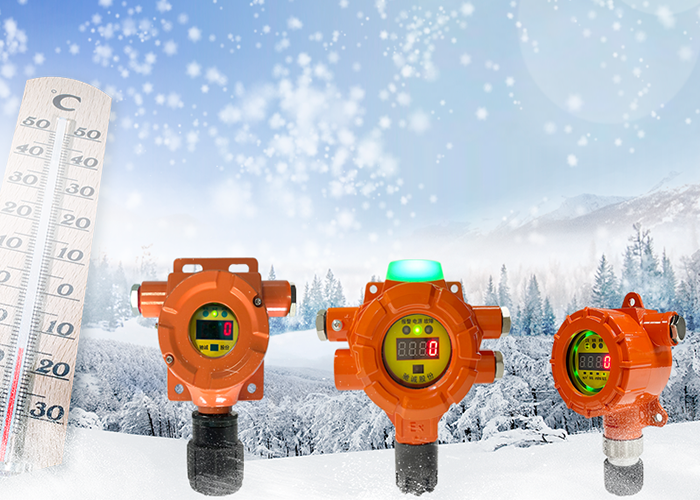VOC is the abbreviation of volatile organic compounds. In the ordinary sense, VOC is volatile organic compounds, but in the sense of environmental protection, VOC refers to a class of active volatile organic compounds, that is, the class of volatile organic compounds that will cause harm. So we know that VOC is a harmful gas substance. Before understanding how to detect VOC in a scientific sense, we need to understand what harm VOC will cause to the human body and the environment?
First of all, let’s take a look at the harm of VOC to human health. When the concentration of VOC in a room or workplace reaches a certain amount, it will be inhaled by the human body and cause headaches, nausea, vomiting, fatigue and other symptoms in a short time. If the inhaled concentration is too high, then serious VOC poisoning will occur, that is, convulsions and coma, etc., and this type of harmful substance will also harm the liver, kidneys, brain and nervous system of the human body, and will cause memory loss in poisoned patients. In addition to causing serious harm to the human body, VOC will also have a serious impact on the atmospheric environment. VOC is one of the important reasons for the increase in atmospheric ozone concentration and the formation of regional photochemical smog, acid rain and smog complex pollution. This is also an important reason why we actively advocate effective and scientific monitoring of VOC emission concentrations.
VOC is more common in the tobacco industry, textile industry, toy industry, furniture decoration materials, automotive parts materials and electronic and electrical industries, so in these places, more attention should be paid to the detection of VOC emission concentrations.
The key props we need to use for scientific and effective prevention and detection of VOC are toxic and harmful gas alarms. According to different ways of use, we can divide toxic and harmful gas alarms for detecting VOC into fixed and portable types. In some confined spaces, such as reaction tanks, storage tanks or containers, sewers or other underground pipelines, underground facilities, agricultural confined granaries, railway tank cars, shipping cargo holds, tunnels and other workplaces, workers must effectively detect all kinds of toxic gases in confined or limited spaces before entering these confined or limited spaces for work. Toxic and hazardous gas alarms usually use a free diffusion detection method to detect harmful gases. However, in some special places, such as underground pipeline tunnels, etc., safer multi-gas toxic and hazardous gas alarms with built-in suction pumps should be used to make VOC detection safer.
